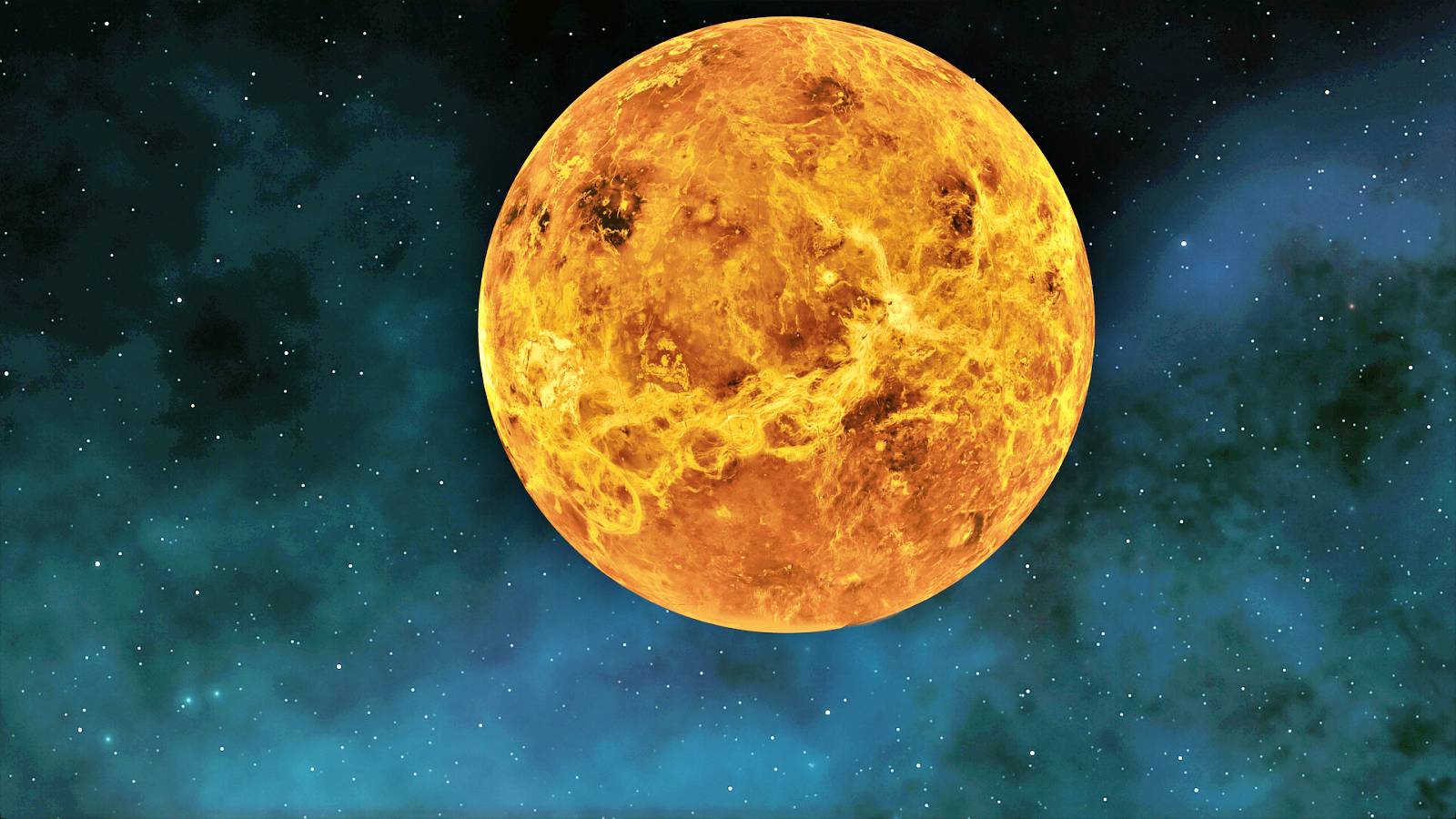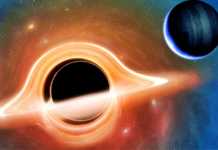The planet Venus is the closest to the Earth, among all the planets of the solar system, but despite this, there are still many unknowns regarding it, and its exploration remains impossible. However, scientists still want to know as much as possible about the planet Venus, so new missions are planned to explore it, but in the meantime we find another important discovery.
The planet Venus has a very dense atmosphere, with many active storms within it, being very much affected by the very small distance between the planet and the sun, being at a distance of about two thirds compared to that of the Earth. The atmosphere on the planet Venus is full of carbon dioxide and sulfuric acid, the greenhouse gases generating temperatures of up to almost 500 degrees Celsius on its surface, which makes it impossible to explore, even with robots.
Planet Venus: The INCREDIBLE Discovery that AMAZED Scientists
The planet Venus travels around the sun in only 225 Earth days, needing only 243 to rotate around its axis, and scientists say that this means that a year on this planet is shorter than that of one day Until now, this phenomenon could not be explained, but a recent discovery made by scientists suggests that the atmosphere of the planet Venus could be the basis of this problem.
"We think of the atmosphere as a thin, almost separate layer above a planet that has minimal interaction with the solid planet. Venus' powerful atmosphere teaches us that it is a much more integrated part of the planet that affects absolutely everything, even how fast the planet spins. The extremely fast winds cause the atmosphere to drag along the planet's surface as it orbits, slowing its rotation and weakening the sun's gravitational pull."
The planet Venus has an atmosphere above the planet, as a separate layer that has minimal interaction with the cosmic object, and this would be the reason why a year has a duration of less than a day on the planet closest to Earth. Without the atmosphere, the planet Venus would have a faster rotation speed, similar to that of going around the sun, and if the two phenomena were synchronized, then between 1 year and one day there would be equality, and the best example is our moon .
The planet Venus would have needed 4.5 million years to reach an equality of this kind, but it is 4.5 billion years old, so scientists believe that the strong winds of the atmosphere generate interaction, and this also affects the rotation around the sun

















